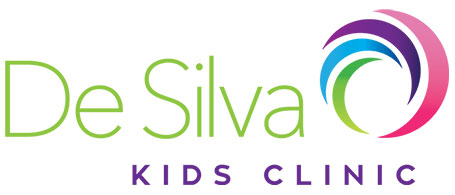Every child loves bubbles. In our speech therapy sessions, bubbles are one of our favourite tools.
Here are a few ways you can use bubbles to develop language and speech:
Eye contact – Bubbles are a great way to increase eye contact by allowing the child to look at you in anticipation before you blow bubbles.
Speech – If your child has speech errors or require support with developing sounds, you can use bubbles to teach a sound such as /m/ for ‘more’ bubbles, /b/ for ‘bubbles’, /p/ for ‘pop’
Requesting – You can use bubbles to request by allowing the child to ask for ‘help’ when they need the lid of the bubble opened or when requesting for the adult to ‘blow’ the bubbles.
Vocabulary – Increase your child’s vocabulary bank by exposing him/her to many words such as:

· Nouns: bubbles, lid, fingers
· Describing words: big, little, small, giant, wet, tiny, fun
· Locations: up, down, on, under
· Actions: pop, gone, look, stomp/stamp, kick, find
· Questions: where, who’s turn
· Social: please, more
Turn-taking – Teach turn-taking by allowing your child to blow bubbles and then allowing him to wait his turn while you blow bubbles. Turn-taking skills are important for a child to learn for later conversational turn-taking.
Motivation – If you are working on a particular skill, you can use bubbles to increase motivation by allowing him to pop or blow bubbles at the end of each activity or after each turn.
Phrases – Bubbles can help increase phrase length:
· 2 word phrases – ‘more bubbles’, ‘bubbles up’, ‘blow bubbles’
· 3 word phrases – ‘more bubbles please’, ‘blow big bubbles’, ‘I want bubbles’, ‘bubbles go pop’
Written by Senali Alahakone – Speech Pathologist at DSKC.

